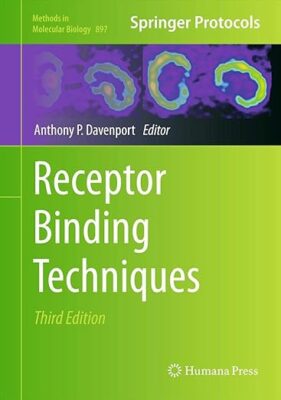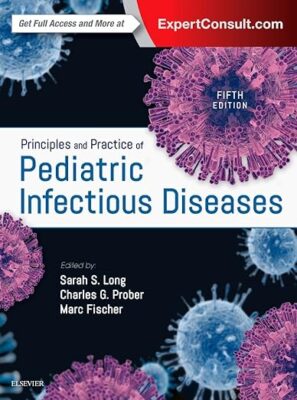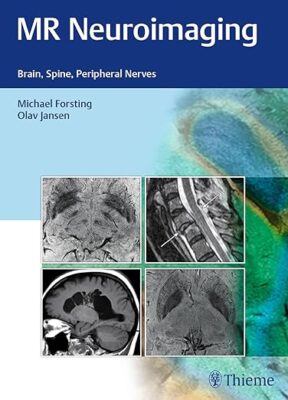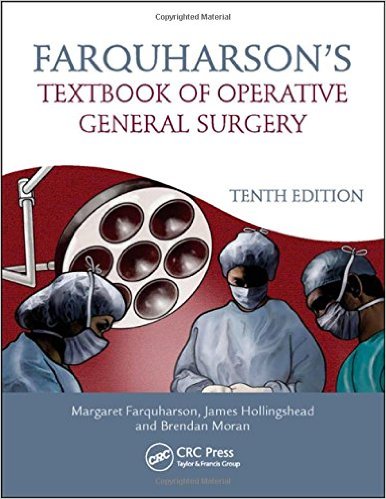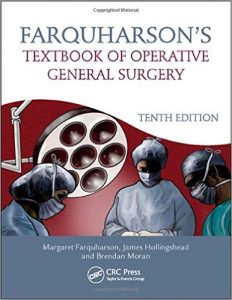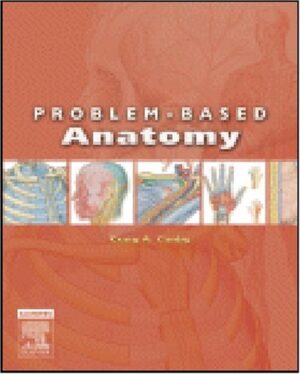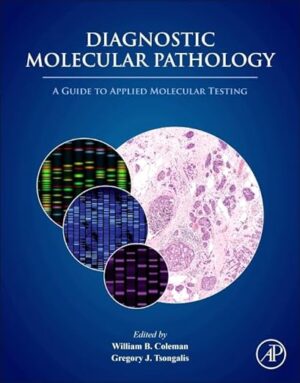Receptor Biology (No Longer Used) 1st Edition
This book is geared to every student in biology, pharmacy and medicine who needs to become familiar with receptor mediated signaling. The text starts with explaining some basics in membrane biochemistry, hormone biology and the concept of receptor based signaling as the main form of communication between cells and of cells with the environment. It goes on covering each receptor superfamily in detail including their structure and evolutionary context. The last part focusses exclusively on examples where thorough knowledge of receptors is critical: pharmaceutical research, developmental biology, neurobiology and evolutionary biology. Richly illustrated, the book is perfectly suited for all courses covering receptor based signaling, regardless whether they are part of the biology, medicine or pharmacology program.










